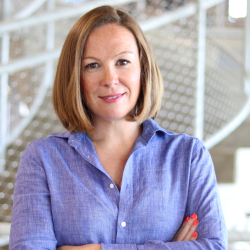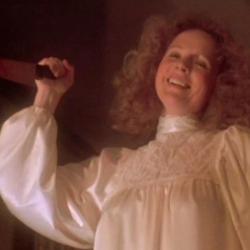A tale of two geese
Two geese receive their BTEC Level 3 Certificate in Photography on the same day. They’re both over the moon, having not only passed, but received distinctions too. One of the geese, Georgette, has her plan all laid out. It’s meticulous. She’ll move to London (the two geese currently reside in Market Harborough), she’ll find a cheap studio, work part-time in a bar, and otherwise continue her practice until she’s recognised as the new William Klein. Her work is a little like William Klein’s, though William Klein was not a goose.
The other goose, let’s call her Tracey, doesn’t have a plan. She just wanted to get the BTEC Level 3 Certificate out of the way and then thought she’d figure things out from there. She’s not sure if she wants to be a photographer at all. She thinks William Klein’s work is a bit meh. She has her own style, which is quite radical and if truth be told, the tutor on their course, Mr Bartholomew, thought her work was by far the strongest work on the course, stronger than Georgette’s. He didn’t tell her this, and she doesn’t know. She decides to stay in Market Harborough and gets a job working as a receptionist at the local Wellness Centre. She takes and develops photographs in her spare time but doesn’t do much with them.
All part of the plan?
Planning then. How much can you plan? How much should you plan? As a copywriter, as someone who’s job is it is to figure out how to persuade people to keep reading something long enough until I have persuaded them to purchase the product or service they’re reading about, I spend quite a lot of time planning. I use a process I call ‘contenting’, whereby I create a little contents page for everything I write. Whether it’s an 800-word blog post, or an 8,000-word direct-response sales letter, I plan what I’m going to write by writing little subheads, like chapter headings, for each issue I’ll cover. This helps me stick to one idea throughout the piece, while at the same time allowing me to dart off on different tangents to cover all the detail I need to cover.
Most people, I guess (in fact, I know, because you can tell when a writer doesn’t know where they’re going), don’t plan to such an extent. This is a mistake. There is a misconception that by planning, we lose a certain amount of creativity. This is nonsense. To be creative, to allow your imagination to truly roam free, you need complete mental freedom, or as close to it as you can get. (Let’s face it, we are very rarely able to drown out all our anxieties at any one time).
By planning a piece of copy, by laying out the rough skeleton of a persuasive argument, which is what all copy really is, it allows you to not worry about where you’re going, or how you’re going to get to the end of the piece: you’ve planned and therefore you know the end is in sight. Without that worry, between the self-imposed constraints of the piece, you’re free to roam freely, be as experimental and as creative as you like. Sure, things might change as you move further through your plan and a moment of creative inspiration might cause you to change your plan, tweak it and adapt to the more interesting route you’ve discovered. But make no mistake, you discovered that more interesting route because you allowed yourself greater creative freedom by giving yourself a plan in the first place.
Things change
You’re wondering what happened to our two geese. Frankly, it’s irrelevant. Georgette and Tracey were in fact part of my original plan for this piece. I knew that by giving myself a framework of two geese, one with a plan and one without, it would give me a way into a piece on planning. I chose geese because I’m quirky and can’t help myself. As I expected it would, the piece evolved. I was able to get to my point without the need for the two geese. Usually, I would go back and edit them out. I would start further down the piece once I’d got my thinking clear. But I like Georgette and Tracey. Bless them. Georgette had a plan but working a bar in London became too restrictive and she found she didn’t have enough time for photography.
It’s been years since she even went to an exhibition, despite there being a William Klein retrospective at the Whitechapel recently. Tracey still practices her art. She still lives in Market Harborough and sadly very few people get to see her art. But her photography has become even stronger. Her old tutor, Mr Bartholomew, retired now, but who was passing by a little studio space she rents next to the Wellness Centre, saw some of her most recent work and thought it surpassed anything William Klein had ever done.
The moral of the story? To plan or not to plan? As with everything, it depends. There are pros. There are cons. Too much planning will likely end up restrictive. Too little and you’ll likely stall too long. I say a little planning helps afford you a lot more creativity. But however much you choose to plan, the key thing is that you have a little fun — and feature some geese — along the way.
Featured image: Alex Guillaume / Unsplash































